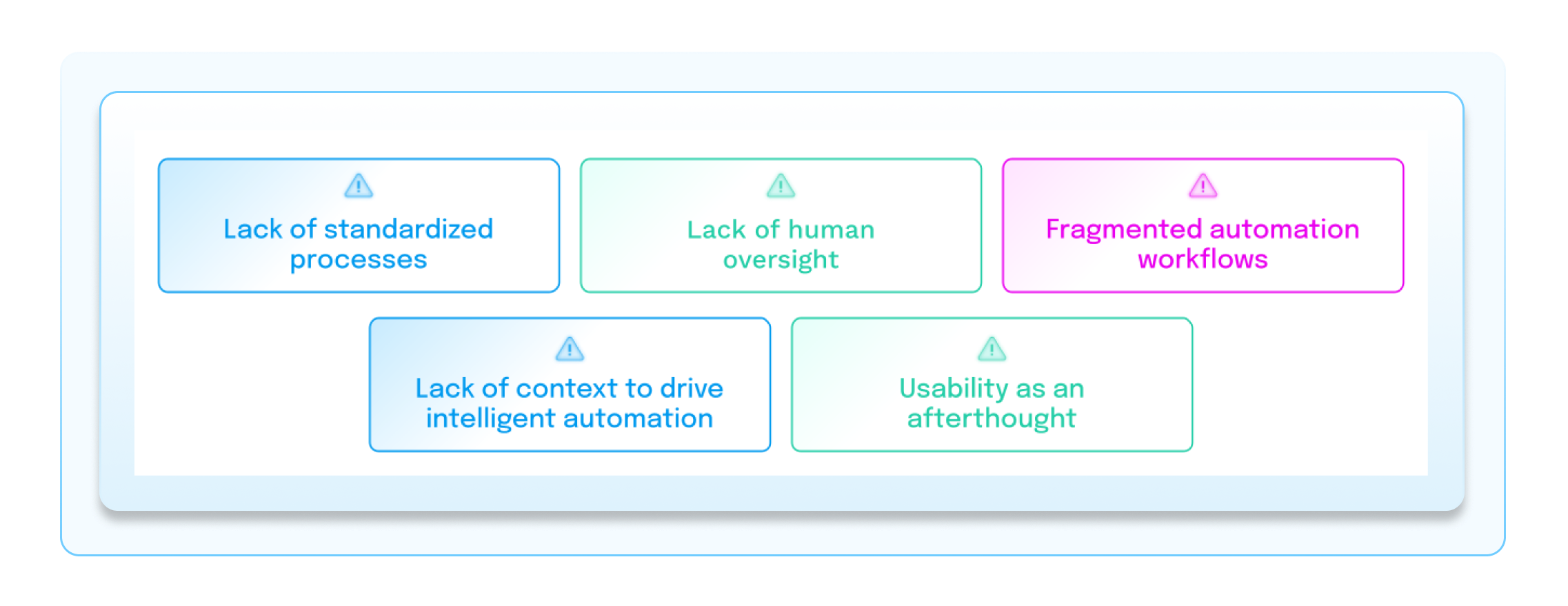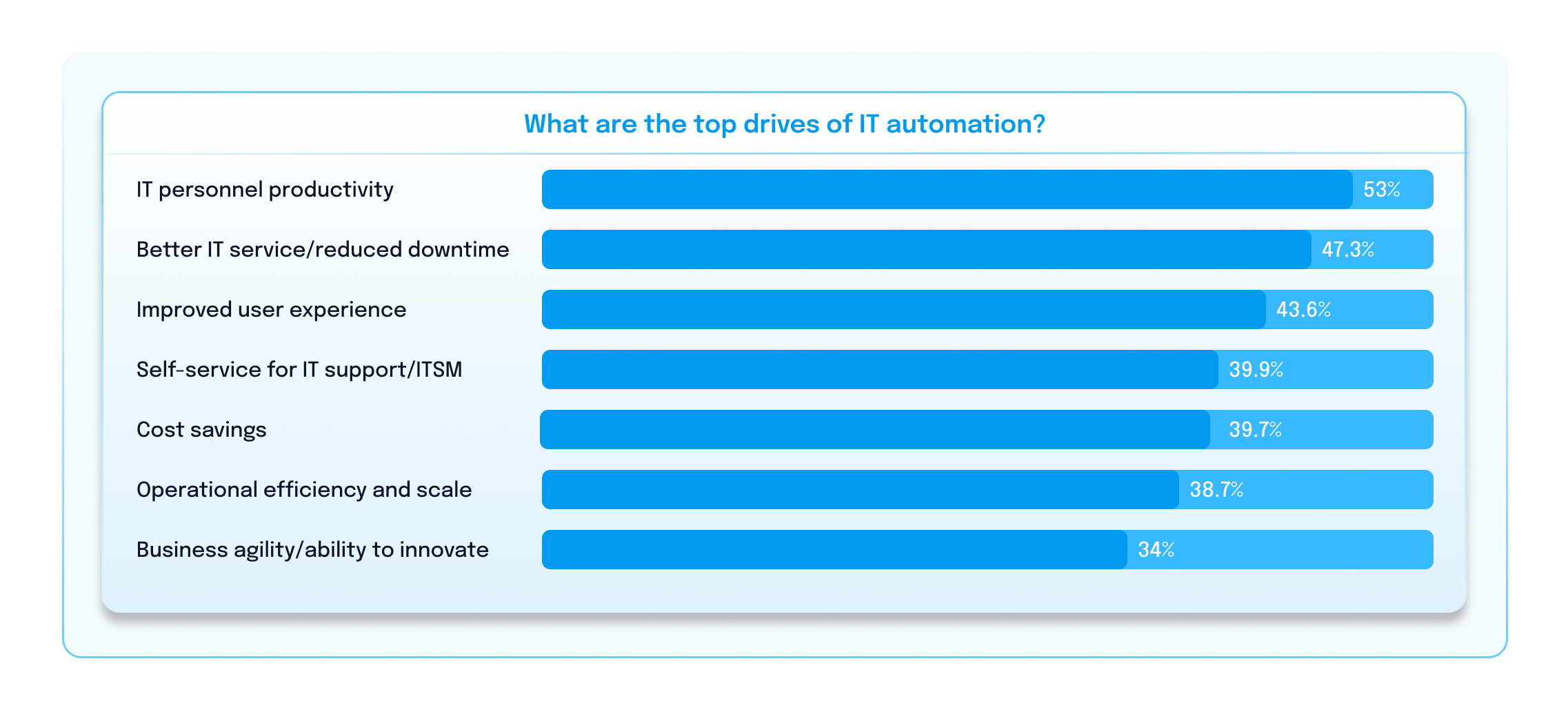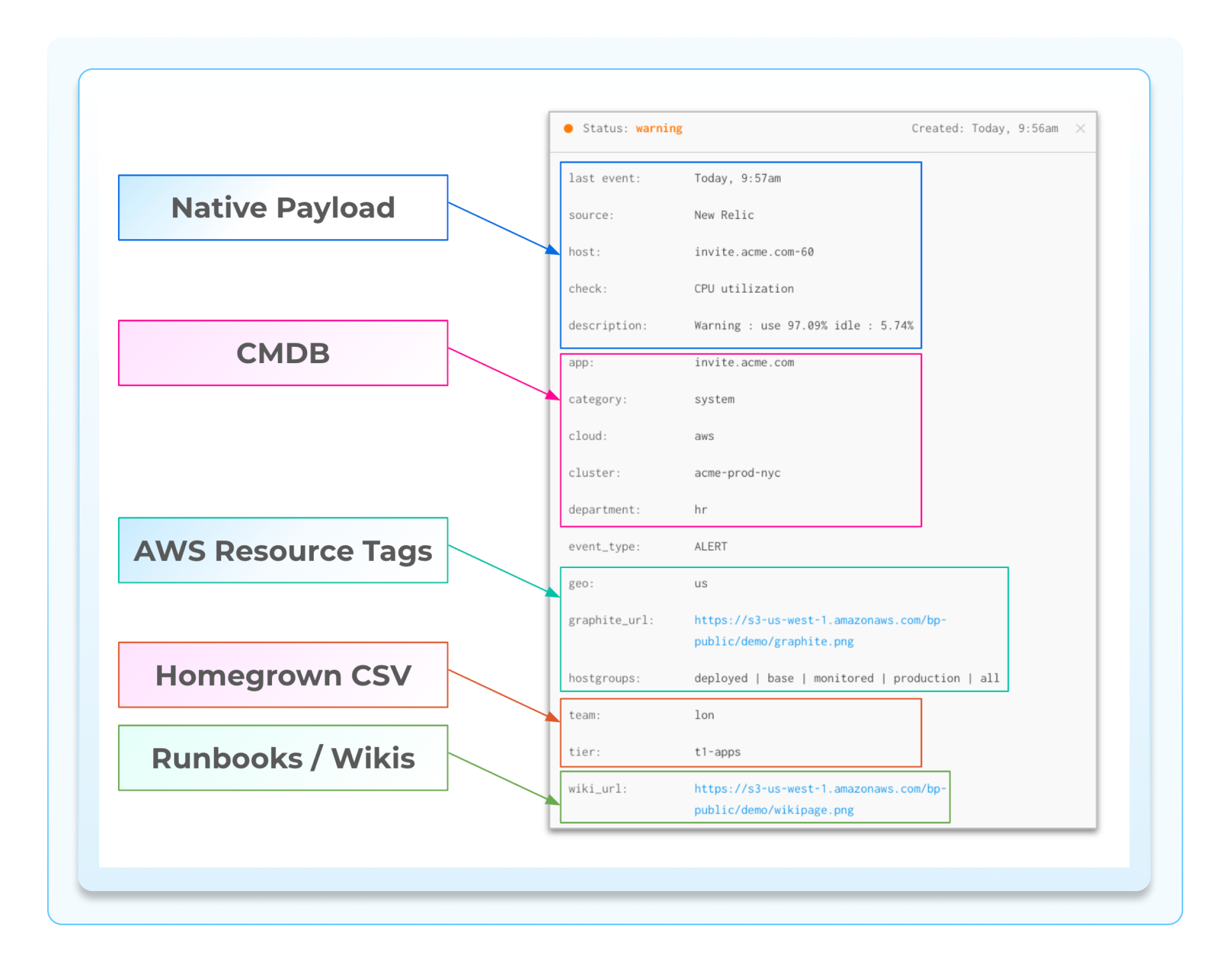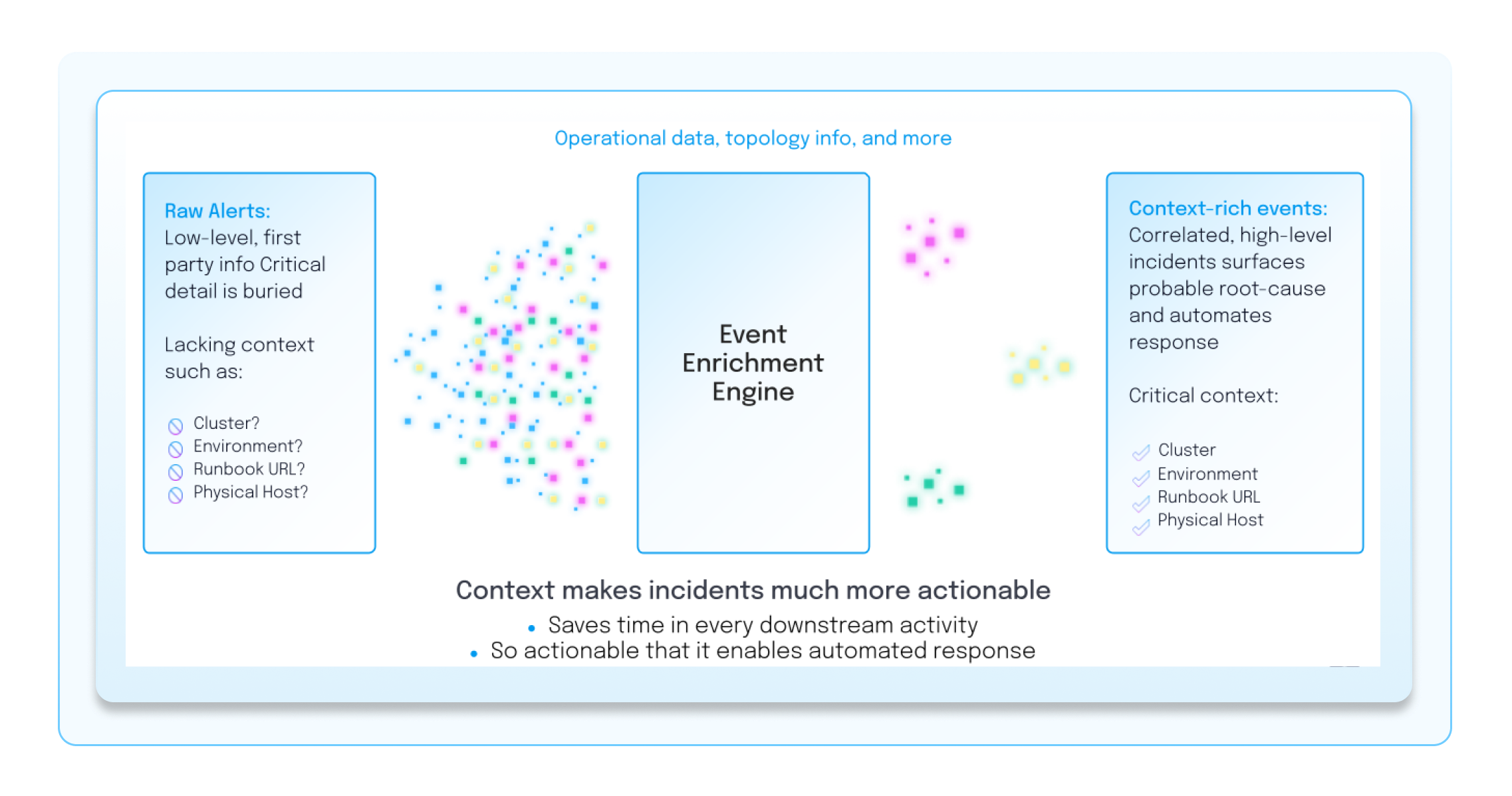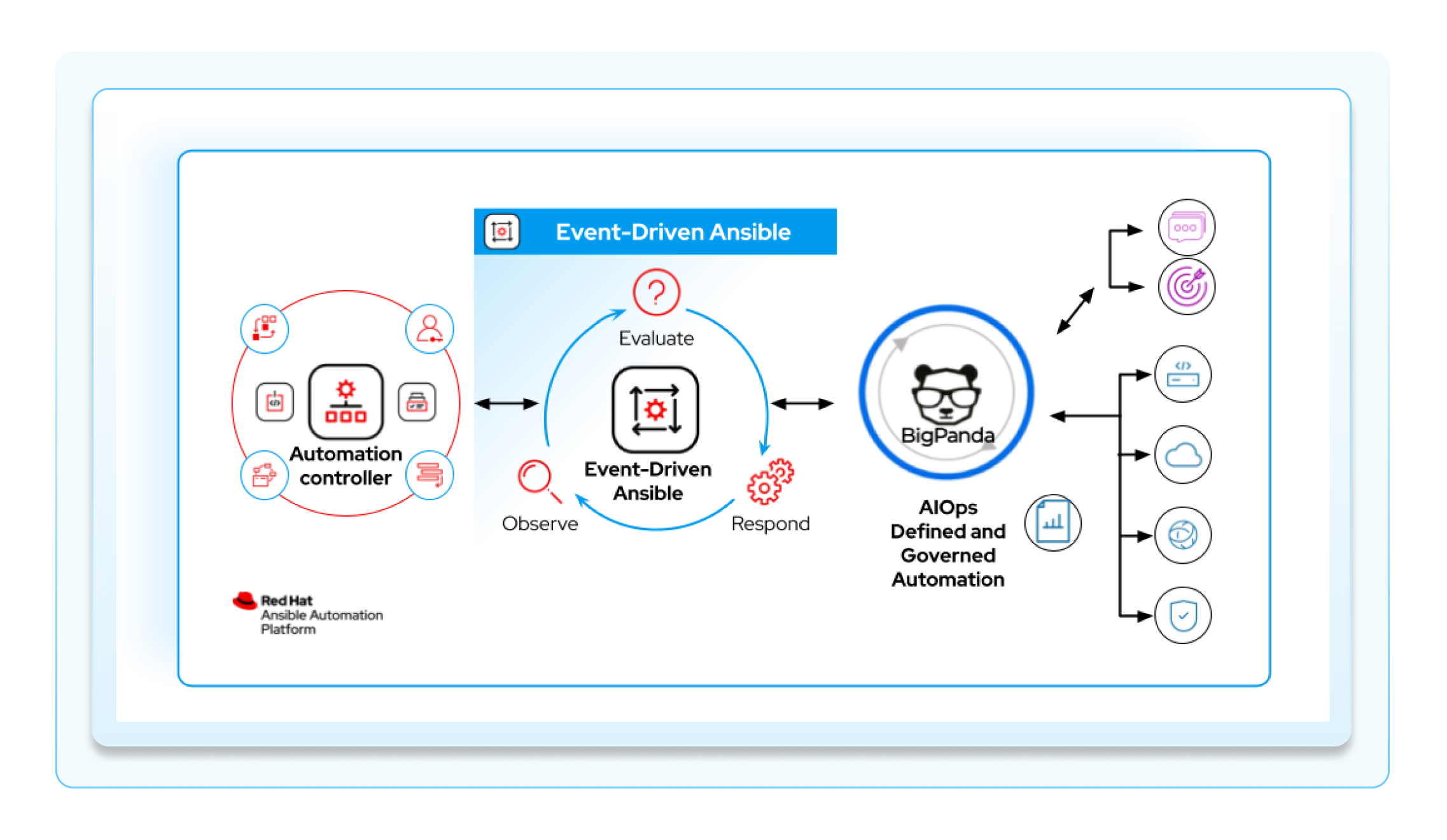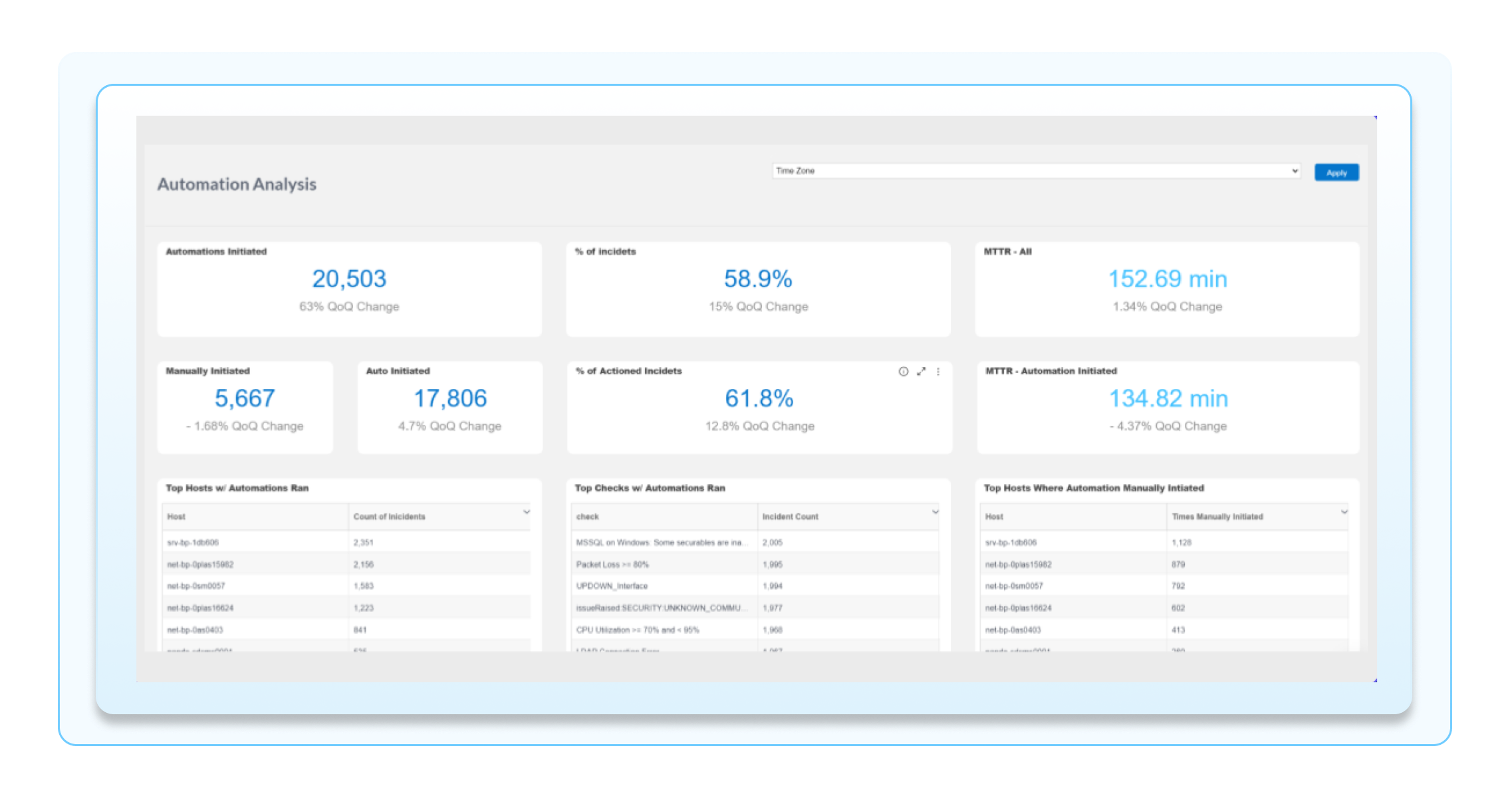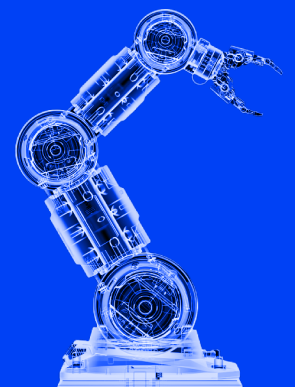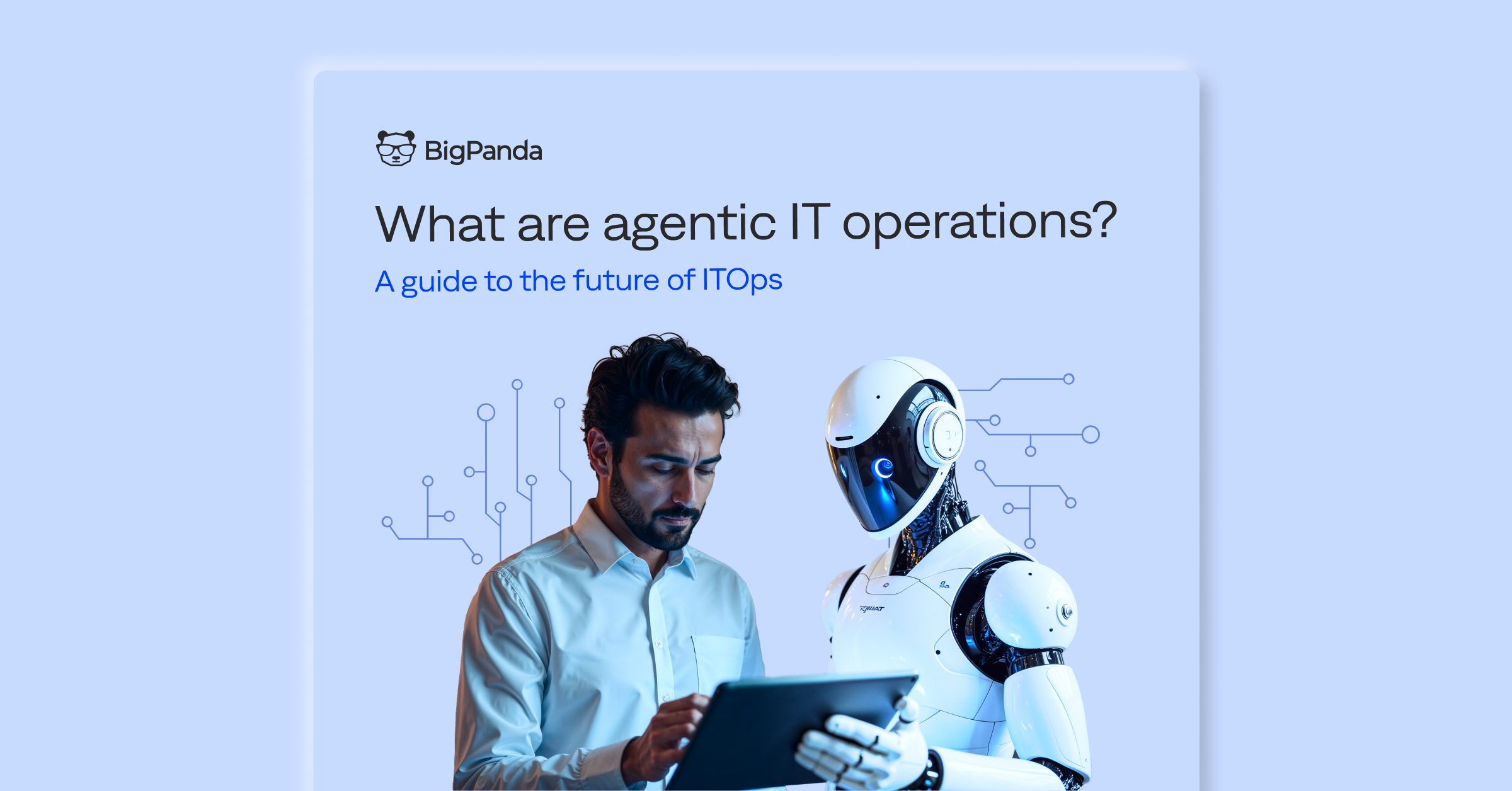Jumpstart your self-healing IT with BigPanda and Ansible

Imagine a world where IT systems hum along, proactively detecting and resolving issues before they turn into full-blown outages. No frantic fire drills, no late-night heroics, just seamless self-healing powered by automation.
It’s the siren song of self-healing IT systems, beckoning every enterprise ITOps team. Despite the allure of streamlined incident response workflows, many attempts at IT automation sink before they can swim.
So why do ITOps automation initiatives fail?
It seems like we should all be automating repetitive incident response routines. Yet there’s a culprit that is causing these automation efforts to flop.
It’s not caused by a single issue, but rather a tangled web of challenges. These stem from a lack of standardized processes, human oversight, clear automation workflows, usability, and context for intelligent automation.
You’re probably reading this because you’re concerned about the growing competitive gap between highly automated IT Operations teams and laggards. If so, you’re not alone.
Data from EMA Research’s report, “AIOps Automation Real-World Challenges and Rewards,” shows us that hundreds of international IT professionals agree: Automation is a competitive edge, boosts productivity, reduces downtime, and improves user experience.
At BigPanda, we work with many companies working through these automation challenges. We know first-hand how challenging this process can be, and so brought together our experts to share how you can overcome these obstacles and help to enable a self-healing infrastructure.
EMA Research. AIOps Automation Report.
Four ways to overcome common IT automation challenges
We sat down with Joe Pisciotta, Principal Product Manager at Red Hat Ansible, and Blair Sibille, Field CTO at BigPanda, to learn practical tips for launching powerful AI-driven automation operations using BigPanda with event-driven Ansible. Here are the top takeaways from their webinar, “4 new ways to intelligently transform ITOps using AIOps-driven automation.”
Step 1: Construct the foundation for automation excellence
Before delving into the realm of automation, it’s essential to establish a foundation with standardized processes for incident response. This serves as a prerequisite, ensuring a uniform approach to incident handling.
Leveraging enrichment becomes a crucial step in this process. Correlated alerts help incidents gain comprehensive context that enables the implementation of standardized responses with consistent payloads. This strategic approach not only streamlines incident handling but also ensures that event-driven Ansible can effortlessly interpret the alert payload, regardless of the alert’s origin.
Enrichment sources show the full-context of an alert.
Step 2: Establish a level of trust in automation
Enhance automation visibility and trust by utilizing full-context incidents. This provides clarity to all teams about the decision-making process for automation and the origin of the resolution. Transparency breeds trust, and trust fuels automation adoption.
Step 3: Overcome siloed workflows and observability sprawl
Automating processes outside a system or record creates significant automation overlaps, costs, and confusion. Joe and Blair shared how BigPanda and event-driven Ansible streamline AIOps automation by unifying processes within a centralized system.
This integration goes beyond a single automation based on an event. Together, they provide the ability to automate a runbook based on an alert, and based on the outcome, conduct a series of IFTTT automations. This addresses the challenge of automating outside a system of record, ensuring efficiency and coordination in IT automation efforts.
Step 4: Communicate your automation success
Navigating IT automation requires strategic decision-making. Identifying valuable use cases is crucial, as not every incident suits automation. Clear communication is key for successful automation outcomes.
Track and share quantifiable KPIs like reduced resolution times, decreased error rates, and improved resource utilization. This validates automation’s success and highlights its tangible value to the overall IT landscape.
Automation Analysis dashboard within BigPanda’s Unified Analytics.
Turn your automation dreams into reality
The journey to self-healing isn’t a sprint, it’s a marathon. Start by identifying high-value incidents, building a foundational basecamp of standardization, and communicating your wins.
With BigPanda and Ansible by your side, you’ll be conducting self-healing IT efforts in no time. So, get ahead of your incident management, grab your automation baton, and let the IT victories begin!
Ready to craft your own self-healing IT masterpiece? Gain deeper insights from Joe and Blair in our webinar replay, learn more about our integration, or grab some time to speak with an automation expert at BigPanda and Ansible using this form.

